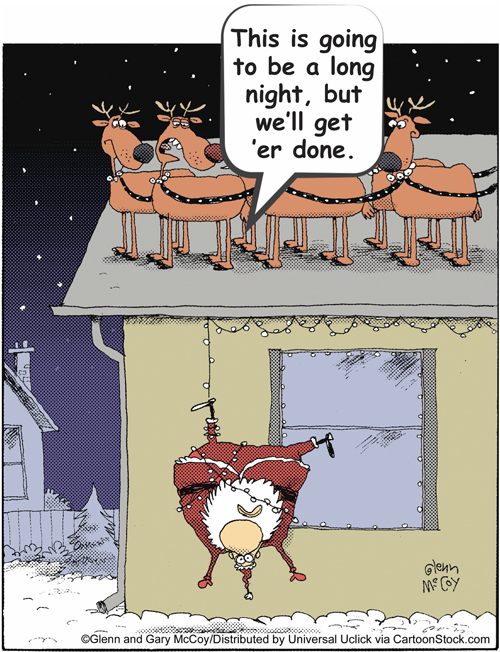Reconstruction
By The Phantom
As this is written I still can’t get my head around all the disasters that have happened recently. What, five major hurricanes in a short period of time, two impacting some of the same areas, earthquakes in Mexico, wildfires in California. And that just brings us up to when we started haunting our old manual typewriter to write this article – what shoe has fallen since? Oh yeah, one of the worst storms ever recorded in the northeast Atlantic rips through Ireland and Britain, with another storm on the way as I hunt-and-peck. Left communications infrastructure in a mess, those disasters did. Compared with other problems our problems might not be at the top of the list, but lack of communications was right up there with lack of clean water, sanitation, and safe places to stay. And as an integral part of telecommunications infrastructure, we are in the thick of it.
We’ve got a lot of rebuilding to do. So let’s make the most of it. Remember when Hurricane Sandy hit New York and environs in late 2012? Made a mess out of Verizon’s copper plant fer sure. But they used the opportunity presented (or rather forced on them) to upgrade to modern fiber optics infrastructure. What’s so great about fiber? Well, I could use the rest of this column listing its advantages over copper (including coax), but I choose not to do that. I’ll just say that, while no one recommends it, you can immerse it in the dirtiest, saltiest water you can find, and it’ll continue to work like it was a sunny day. We know of a guy who found some of his fiber splices in dirty water in a hand hold once. The only way he found them was that his tech had to open the hand hold to add another fiber, and he noticed the dirty water (pretty obvious when you stick your hand down there). No idea how long the water had been in that hand hold. Everything was working fine. Again, you won’t find anyone recommending that you submarine your splices, but good to know it doesn’t bring things to a screeching halt.
According to the infamous Wiki, all of the transatlantic cables in use are fiber. The first fiber cable was installed in 1988 and the last copper cable went out of service in 1994. Wonder why.
 We’ve observed before that the bell-heads are ahead of us in deploying fiber deep (as in all the way to the home), and there is a valid reason why that is so: their old twisted pair copper is just not competitive today, with gigabit speeds to the home becoming the order of the day. We are in a better place with our plant and DOCSIS 3.1, so we are rolling out fiber more slowly, it being very expensive to replace plant. But where ma nature wrecks out old plant for us, we need to take a long look at what we should be putting in. If you don’t go to the home with fiber (and you really need to think that one through), you need to see how close to said home you can get with fiber. The closer you get the more reliable your plant will be, the more capable it will be, and because of the reliability, the lower your op-ex. We’ve talked to people who went from twisted pair to fiber, and they report op-ex reductions of 75% to 95%. Your mileage may vary.
We’ve observed before that the bell-heads are ahead of us in deploying fiber deep (as in all the way to the home), and there is a valid reason why that is so: their old twisted pair copper is just not competitive today, with gigabit speeds to the home becoming the order of the day. We are in a better place with our plant and DOCSIS 3.1, so we are rolling out fiber more slowly, it being very expensive to replace plant. But where ma nature wrecks out old plant for us, we need to take a long look at what we should be putting in. If you don’t go to the home with fiber (and you really need to think that one through), you need to see how close to said home you can get with fiber. The closer you get the more reliable your plant will be, the more capable it will be, and because of the reliability, the lower your op-ex. We’ve talked to people who went from twisted pair to fiber, and they report op-ex reductions of 75% to 95%. Your mileage may vary.
Yeah, I get it that job #1 after an outage is to get signals back, then you think about what improvements you need to make longer-term. But where your plant is wiped out, you’re going to have to do something PDQ and better than what you had before. So there is your chance to see how deep the fiber can go. And ma nature has likely wrecked out some old coax and some old amps that needed replacing anyway, so even if you don’t let ol’ Phanty mess with your mind enough to improve the plant architecture, you are going to be forced to do some degree of improvement. Make the most of the opportunity.
 The Phantom
The Phantom
the.phantom@youwontfindmeanywhere.com
You never know when The Phantom is standing right beside you. Sometimes he is in a meeting with you or walking the floor at your favorite cable show. Sometimes he’s hanging with the suits and other times with the front liners. But be assured, The Phantom sees all, The Phantom knows all and, most importantly, The Phantom tells all.
Cartoonstock.com



